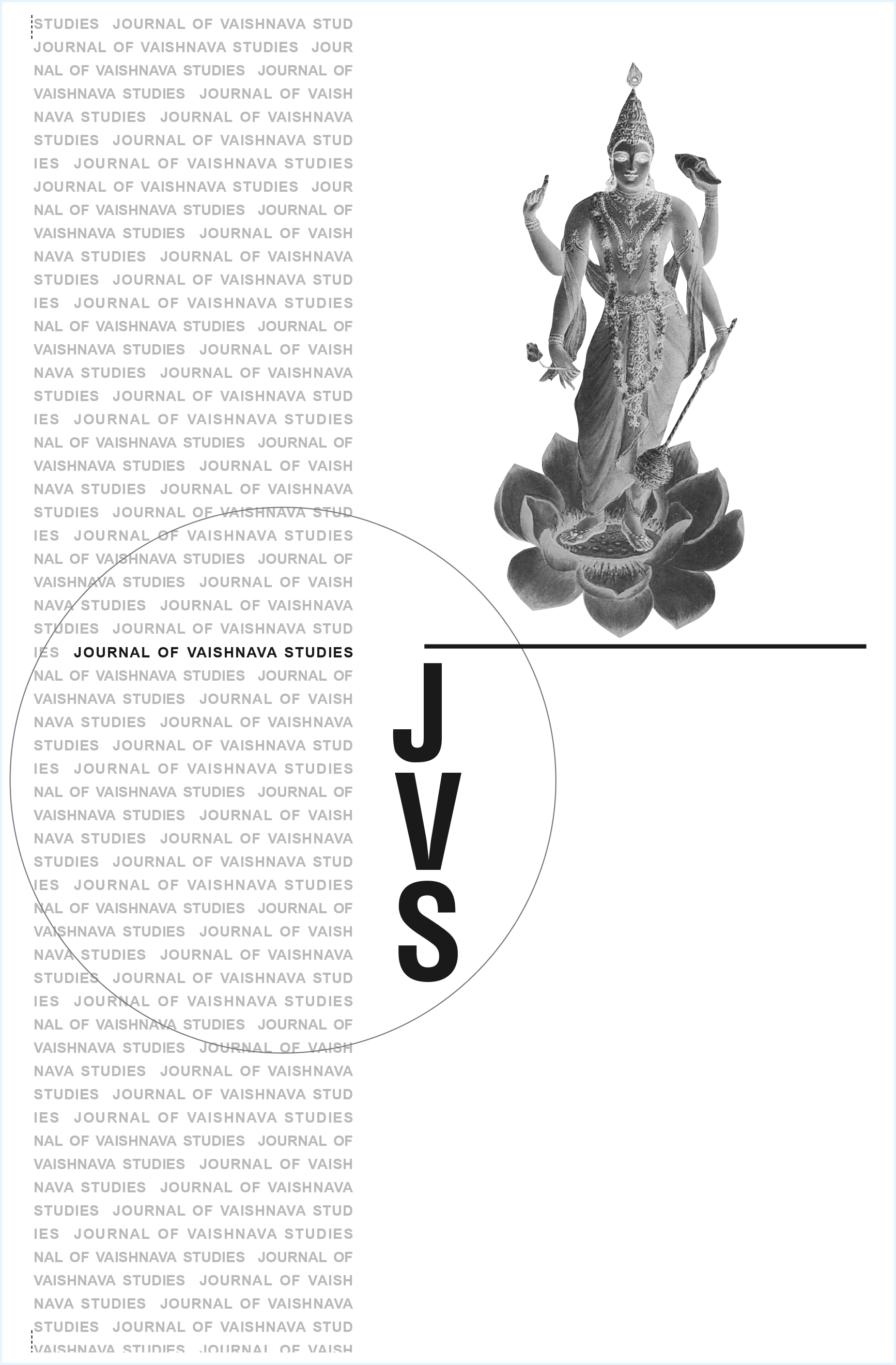Text in Context in Understanding the Mahābhārata
Keywords:
Mahābhārata, Bhagavad Gītā, sacred text, contextual reading, Hindu scripture, devotional interpretation, dharma, avatāra, literary unity, textual integrityAbstract
The article "Text in Context in Understanding the Mahābhārata" by Nick Sutton challenges the conventional academic approach of dissecting the Mahābhārata into hypothesized historical layers, a method that often privileges the supposed “original” or “epic” core over later devotional or didactic additions. Sutton argues that such fragmentation risks distorting the meaning of the text as it functions in its lived religious context. Instead, he advocates reading the Mahābhārata as a unified whole, particularly from the perspective of traditional Hindu communities for whom the text is a sacred scripture rather than a mere literary artifact. Using the Bhagavad Gītā as a focal point, Sutton demonstrates that its central themes—dharma, avatāra, bhakti, and renunciation—are not outliers but deeply resonate with the overarching structure and message of the epic. He thus proposes that the Mahābhārata be interpreted within its own internal framework, where narrative and philosophy are woven together intentionally to offer spiritual instruction. This approach foregrounds the text’s theological coherence and lived significance, resisting reductive historicist readings that sever content from religious context.Published
2006-06-20
Issue
Section
Articles





